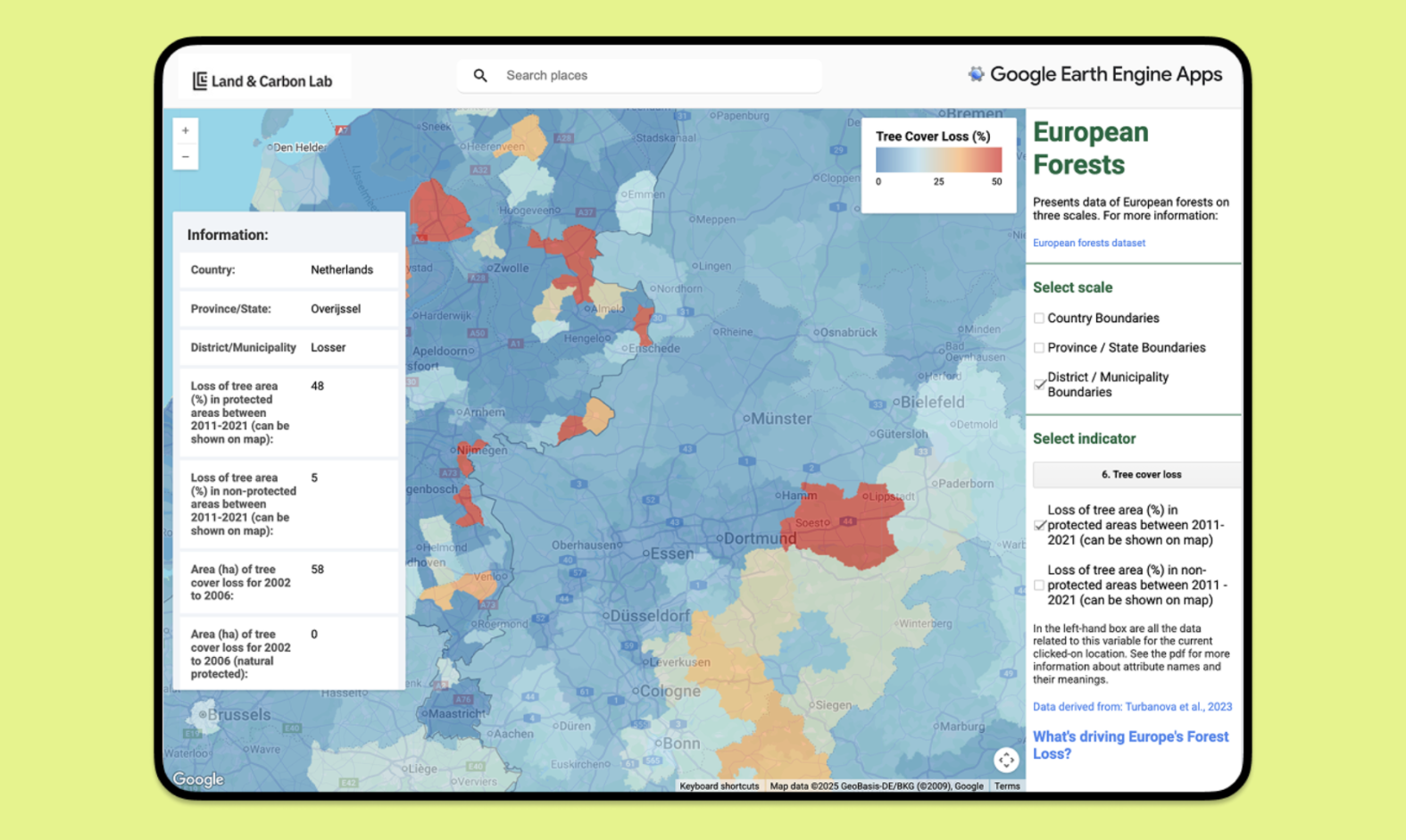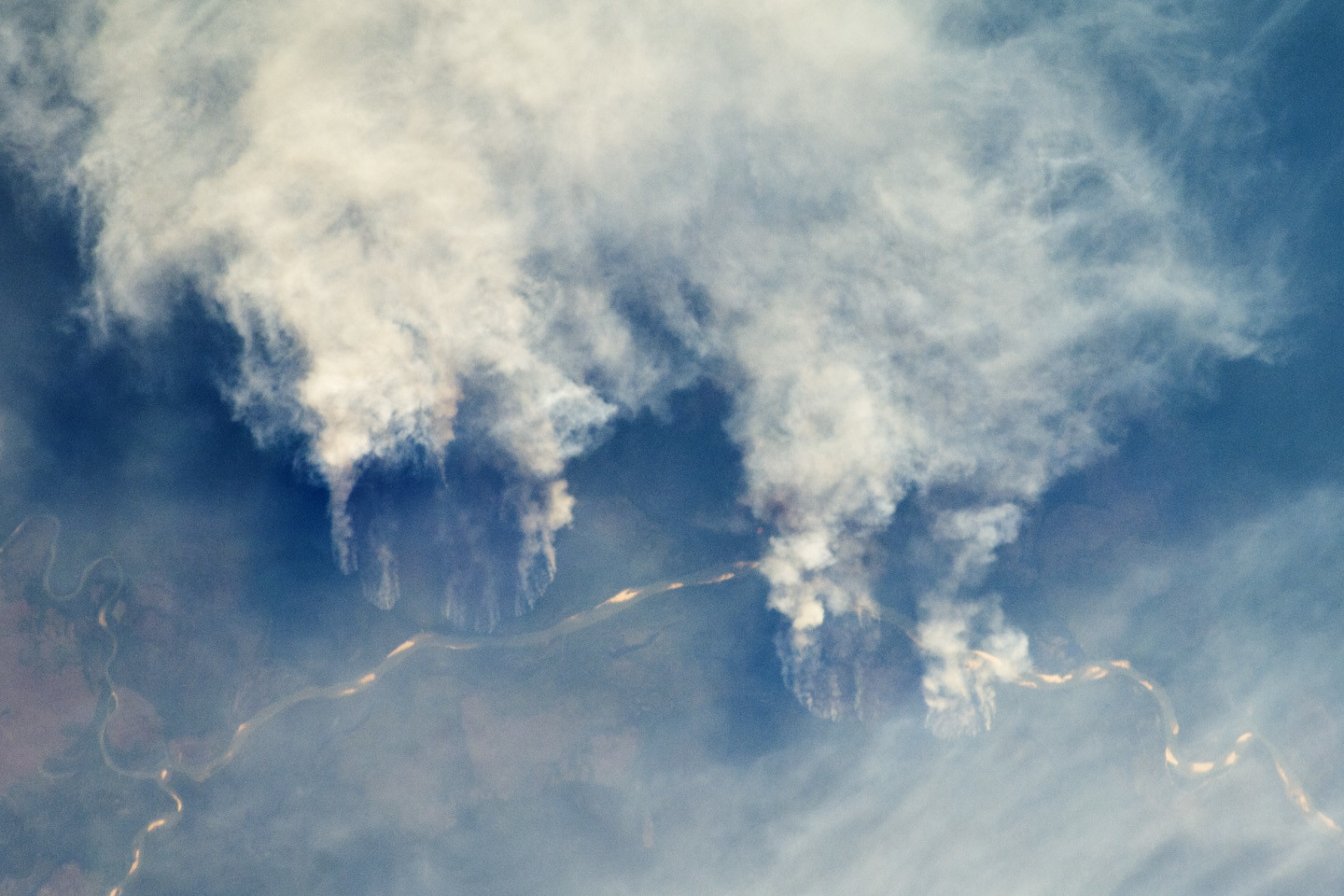Looking for the Quickest Signal of Deforestation? Turn to GFW’s Integrated Alerts

Primary forest removal in Kalimantan Barat, Indonesia. Image © 2022 Planet Labs Inc. Accessed through GFW.
Languages: Leerlo en español, Leia em portugues, Baca dalam bahasa indonesia, Lire en français
Global Forest Watch (GFW) brings the most accurate forest data to users as quickly as possible. As part of this, we have continued to expand the near-real-time deforestation alerts available on the GFW platform. In 2022, we introduced the “integrated deforestation alerts” layer, which combines the power of GLAD-L, GLAD-S2 and RADD deforestation alerts to provide a faster, more confident view of forest disturbances than any one individual system. Prompted by user feedback, this update simplifies workflows and harnesses the best of each alert type to support a variety of monitoring purposes.
Which Alert Systems are Being Integrated?
GFW currently offers three individual deforestation alert systems. GLAD-L is GFW’s longest-standing alert product from the University of Maryland’s (UMD) Global Land Analysis and Discovery (GLAD) lab and uses imagery from NASA’s Landsat satellites. UMD introduced the higher resolution GLAD-S2 alerts in May 2021, which use a similar methodology to GLAD-L, but are sourced from the European Space Agency’s Sentinel-2 satellites. And finally, Radar for Detecting Deforestation (RADD) alerts produced by Wageningen University use Sentinel-1 radar data. These alerts have the additional capability of detecting forest change through cloud cover that often blocks the view of the other satellites.
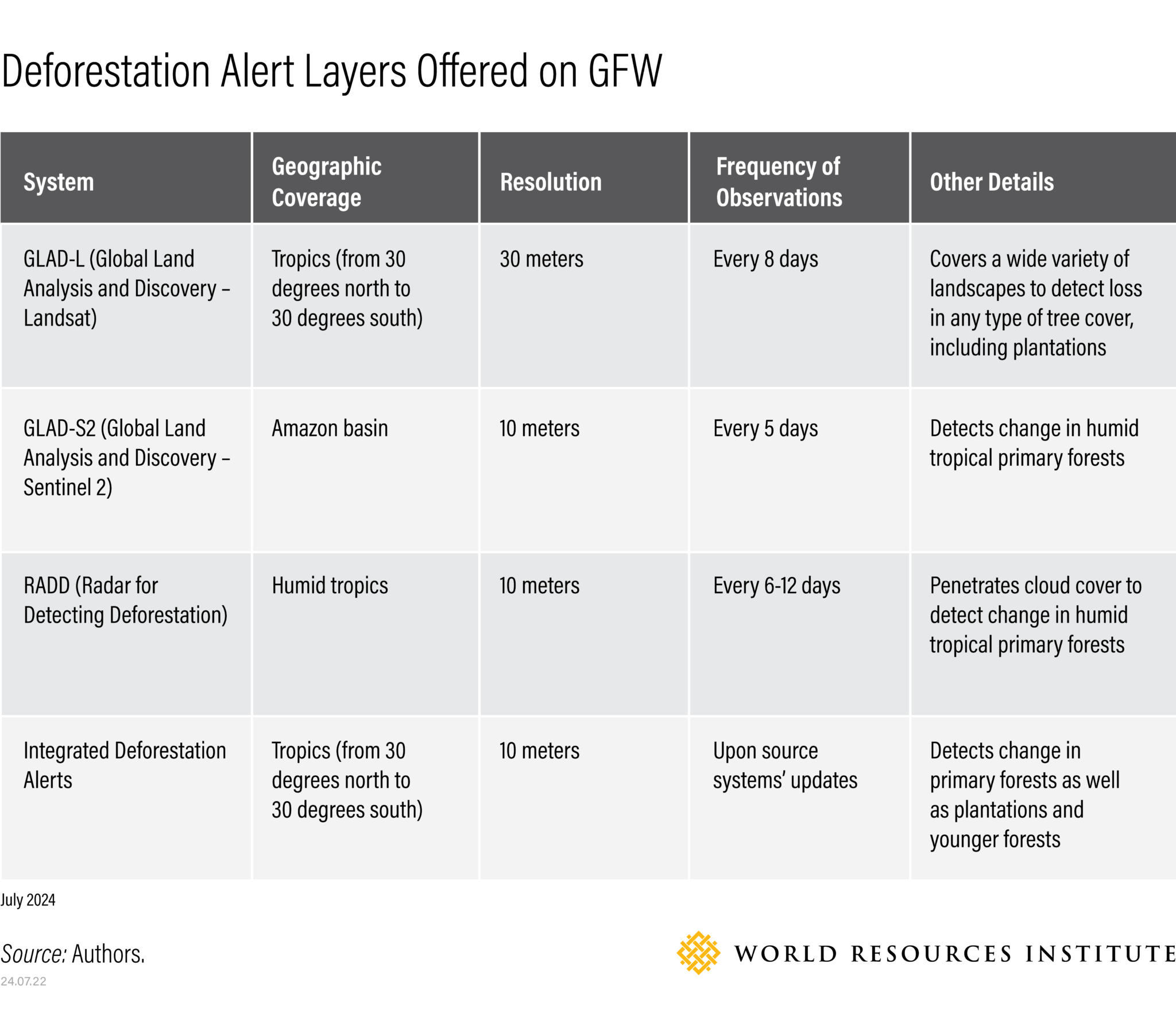
What Does the Integrated Alerts Layer Offer?
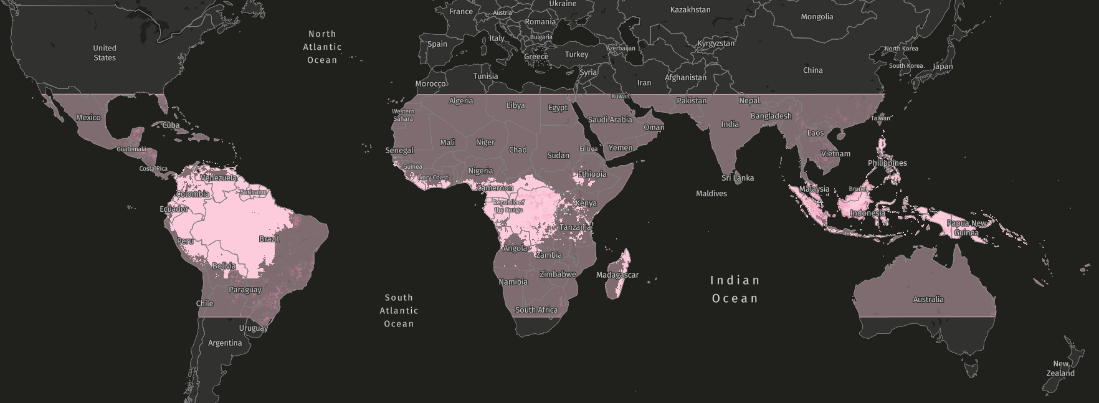
These three systems alert us of forest change happening in distinct parts of the world, use satellite imagery of different spatial resolution, and are updated at varying frequencies. The integrated option enables users to derive meaningful summary statistics that incorporate each of the individual systems. To achieve this, the layer indicates where multiple systems have reported an alert in any given location and displays it through confidence levels:
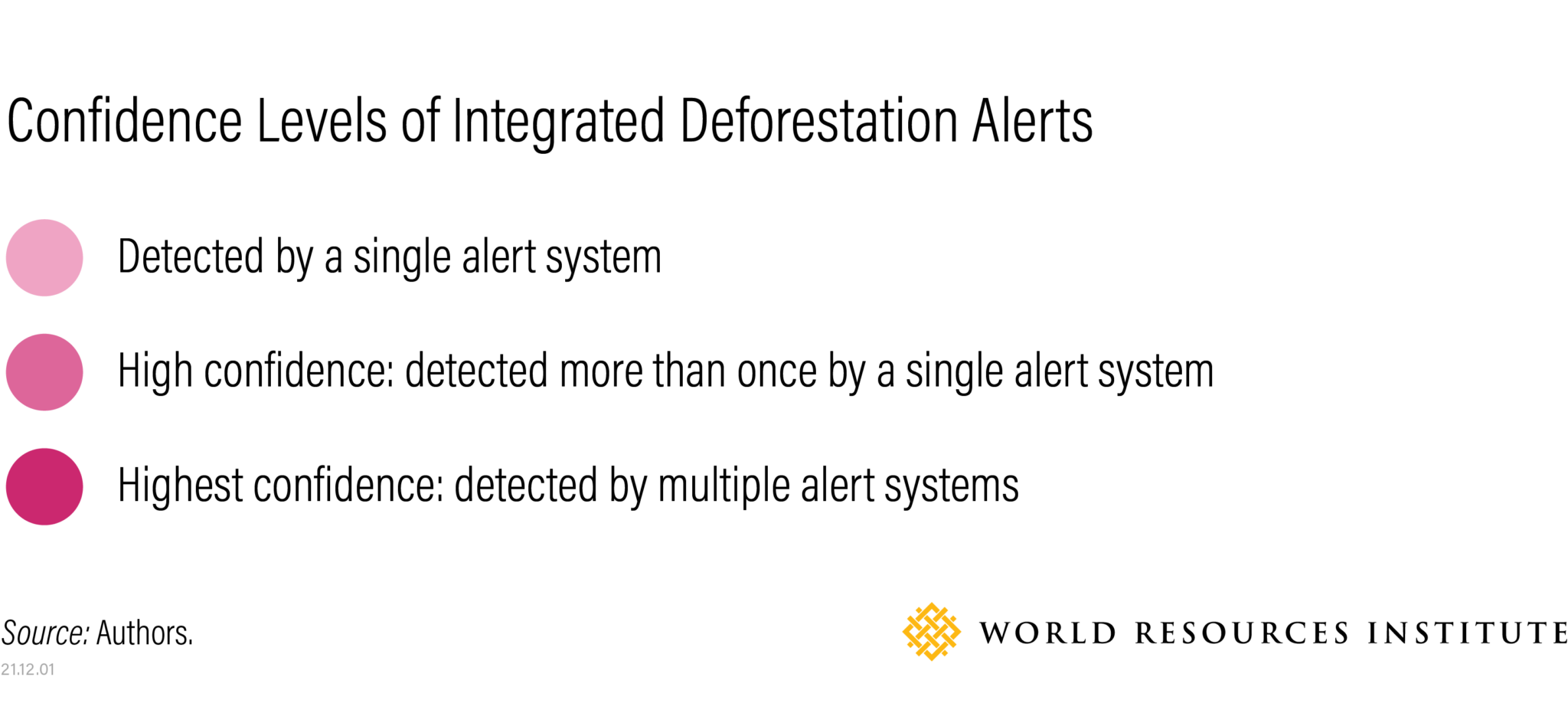
This new layer comes with an important change: we are now reporting on the area affected by alerts as opposed to the count of alert pixels. As the integrated alert combines systems with varying spatial resolutions, it is necessary to report areas rather than the number of alert pixels. However, be aware that the alerts are designed to quickly identify forest disturbances rather than precisely delineate forest loss – as a result, the areas presented on GFW may under or overestimate the actual area of forest loss.
Combining the alerts offers several benefits:
1. Users Will Always Have the Earliest Information Available
By combining all three alert systems into one layer, we are harnessing the different timing of the satellites to increase the chances of getting an unobscured look at the forest and therefore detect change faster. A study on alerts found that integrating alert systems leads to quicker detection of new disturbances, sometimes by days or even months. For example, users looking at integrated alerts from 2021 in the Amazon basin would have been alerted to forest loss on average nine days earlier than by referring to any one system alone. This improvement in timeliness varies by region and across seasons, as the alert systems complement each other by providing their own strengths. For example, in consistently cloud-covered areas, the radar-based alert system provides an advantage of detecting forest loss through clouds. However, the higher revisit time of the optical alert systems gives a more frequent opportunity to detect disturbances every five-eight days, particularly in areas with a dry season, whereas the radar system may take up to 12 days to detect change.
2. The Overlap of Multiple Systems Increases Confidence to Prioritize Alerts
Confidence levels help forest monitors prioritize alerts for follow up since satellite-derived data is subject to errors including false alerts. If two or more alert systems detect a change in the same location, we are more confident (“highest confidence”) that these alerts indicate real disturbance. For individual systems, there is a delay before a first detection can be verified by additional satellite passes and thus reach “high confidence.” The integrated layer displays where multiple systems overlap, in some cases providing increased confidence faster than waiting for individual systems to reach high confidence through additional satellite images, which can take weeks or months. False positives are effectively eliminated in the highest confidence class as it’s uncommon for two systems to commit the same error since they use different data streams and algorithms.
3. Different Tree Cover Loss Types Are Captured Across a Variety of Landscapes
The integrated alerts can fill the gaps that the use of any one system alone might present. Although there is a lot of overlap in what the various alert systems detect, there are also some differences. One of the greatest strengths of higher resolution RADD and GLAD-S2 alerts is their ability to capture smaller changes in the forest than the 30-meter GLAD-L product. This information has been vital for detecting small canopy gaps from logging activities.
Now that multiple alert systems are available across the tropics, they can be used in concert to identify illegal activities quickly and with increased confidence, a critical tool for both law enforcement and Indigenous Peoples and local communities working to combat deforestation.
What’s Next?
As new alert systems become available, they are being considered for integration into our integrated alert layer. The recently available land surface disturbance alerts developed by UMD and NASA have the potential to provide alerts in all forest types, such as dry open forests, as well as beyond the tropics – both of which are limitations for the current version of the integrated alerts. Information on drivers of alerts is also under development, which will support users in prioritizing alerts. Stay tuned for future updates to the integrated alert layer based on these and other advancements in the field of forest monitoring.
Get Started with Integrated Alerts
With three alert systems to choose from, we aim to simplify users’ workflow in identifying priority alerts. The integrated layer provides the most information on recent forest change for users who want to be notified of forest loss with the highest confidence. Though we see these systems as complimentary to each other, users may still opt to select individual systems for alert notifications and analysis if these suit their needs.
For an in-depth look at how the integrated layer was designed and how to use it, see the Help Center.
Johannes Reiche is an associate professor at Wageningen University and operates the RADD alert system.
This piece was originally published in 2022. It was updated in July 2024 to reflect the latest developments with the integrated deforestation alerts.
